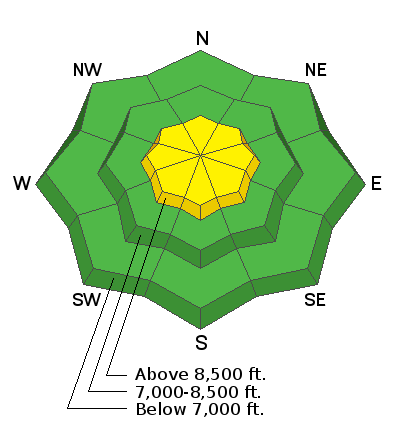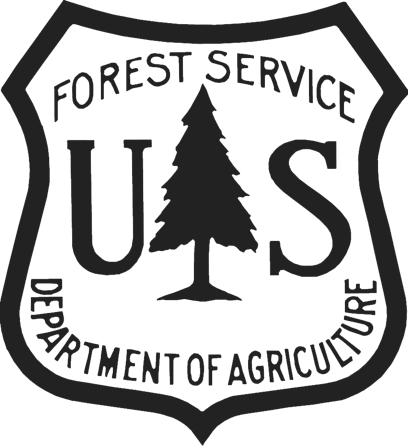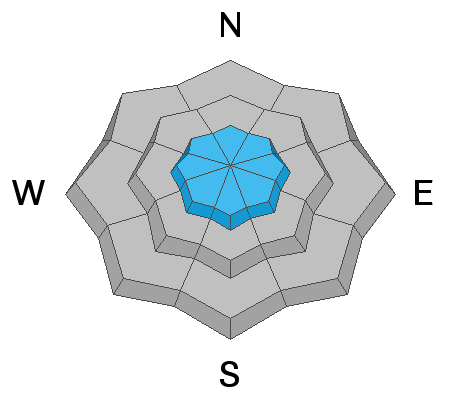If you rely on the UAC forecasts each day you get out, consider making a donation during our
Spring Awareness Campaign to help us continue providing the avalanche forecasts and education you rely on.
The UAC encourages everyone to follow direction from federal, state, city and county officicals. The following is from Joe Dougherty, spokesman for the
Utah Division of Emergency Management:
Though outdoor recreation is still permitted under the governor’s Stay Safe/Stay Home directive, we recommend that people maintain a distance of at least 6 feet.
Be extra cautious to avoid injuries outdoors. We are working with our hospital systems to conserve as much personal protective equipment as possible in case of hospitalizations.
Most outdoor injuries can be prevented. Know the conditions and know your limits so you don’t end up in a hospital.
Skies are mostly cloudy to overcast as a weak splitting storm moves through. Temps are in the low to mid 20s with light southwest winds. Skiing and riding conditions remain excellent in the usual wind and sun sheltered terrain. For today, I can't rule out a few snow showers here and there with temps in the upper 20s up high to upper 30s down low. Winds should remain light through later tomorrow ahead of a storm passing by to the north on Tuesday. The Ogden and Logan area mountains look to be favored with perhaps 5-10" of new by Wednesday.
There were no reports of avalanche activity yesterday other than some wet loose slides on the southwest side of Mt Ogden.
Two very close calls occurred Saturday in the closed-for-the-season Snowbasin resort. Remember that ski areas are not doing control work and must be treated as the backcountry.
The first involved a skier caught and carried in the Mt Ogden chute. This was a new wind slab at 9400', southeast facing.
INFOThe second was a very close call in the No Name area on a generally east to northeast facing slope at 8600'.
INFO. Video below.
We greatly appreciate all reports from the community as this helps us better understand the nature of the snowpack and improves the accuracy of our forecasts. Thank you. I also highly recommend following us on Instagram @utavy and #utavy. Some breathtaking footage and personal accounts have been posted in recent days.






